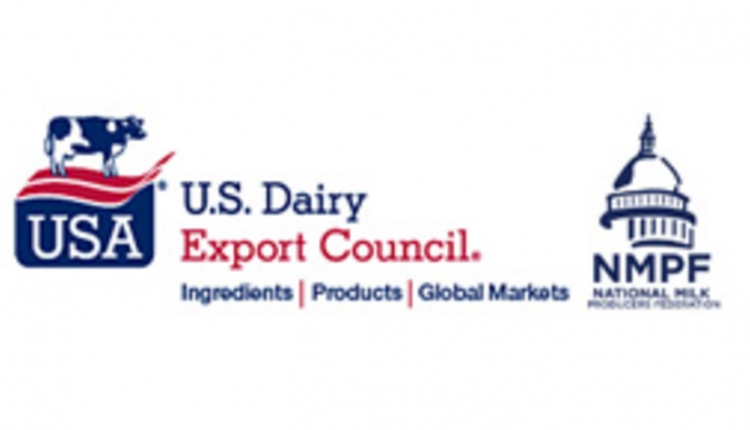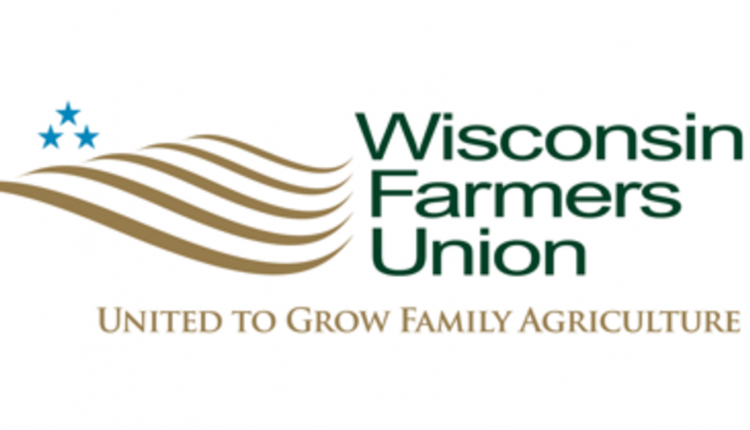SOME 11 MILLION POUNDS OF CHEESE will be purchased by USDA from private inventories and dispersed to food banks. The purchase, valued at $20 million, will help ease 30-year-high cheese inventories. Also, USDA extended the 2017 MPP-Dairy sign-up until December 16, 2016.
EXPECT A BUMPER CORN CROP, stated USDA forecasters. With 76 percent of this year's crop rated in good or excellent condition, a record 15.2 billion-bushel harvest could be in store at a projected 175 bushels per acre.
SOYBEANS TO FOLLOW SUIT with a 4.1-billion-bushel harvest. Overall, soybeans would yield a record 48.9 bushels per acre from 83 million acres.
FEED-PRICE FORECASTS have been lowered substantially by USDA. For the 2016-2017 season, corn fell 25 cents per bushel with a range of $2.85 to $3.45. Soybean meal could run $305 to $345 per ton, down $20 over the past month. Nationally, alfalfa hay fell from $147 to $142 per ton.
MIXED MILK PRICE FORECASTS abound for 2017. There appears to be ample short-term and long-term supply, which could hold milk prices in check. Nate Donnay has projected a breakeven 2017, see page 557.
USDA HAS BEEN MORE BULLISH, raising its 2017 All-Milk price projections 90 cents to a $16.65 per cwt. midpoint over a 90-day window.
AFTER BEING IN THE DOLDRUMS for much of 2016, global dairy prices recently rose 17 percent at the Global Dairy Trade. With the lift, prices climbed to the highest point since October 20, 2015. Still, most New Zealand dairy officials have urged caution that prices could retreat.
NATIONALLY, JULY MILK CLIMBED 1.4 percent with 10 of the 23 leading dairy states posting 2 percent or higher gains. South Dakota led, up 5.9 percent; Michigan, 4.5; Texas, 4.4; New York, 4; Idaho, 3.7.
CALIFORNIA POSTED LOWER MILK FLOW for the 18th-straight month. The Golden State was down 0.8 percent compared to July 2015. On the flip side, Wisconsin, the second leading milk producer, grew 2.1 percent.
TOTAL MILK VOLUME WAS HIGHEST EVER for July and second highest ever for any month in the Northeast Federal Milk Marketing Order. That includes the New England States, New Jersey, Delaware, most of New York and Maryland, along with portions of Pennsylvania.
CLASS I BEVERAGE MILK FELL to less than 30 percent for the first time in the history of the Northeast Order, further eroding milk prices.
BRIEFLY: California farmers could face a legislature-mandated 40 percent reduction in methane by 2030 if some Sacramento, Calif., lawmakers get their way. See page 548 for more details. June U.S. dairy exports equaled 14.9 percent of production on the strength of whey products.









